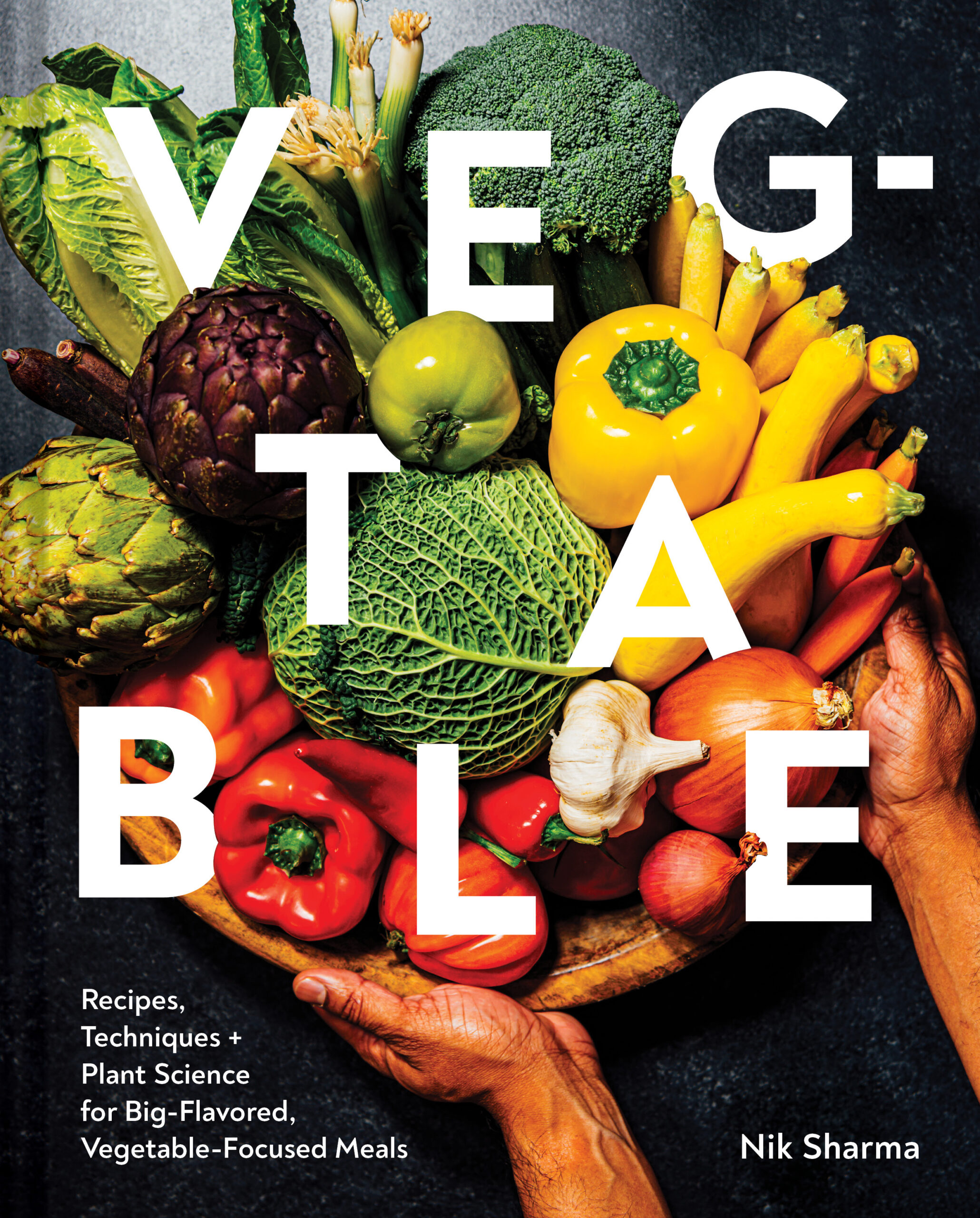
It’s a warm and sunny day in Salinas, California. The weather here is usually dry and today is no different from any other. The wind blows the dust on the unpaved dirt path that circulates around the almost perfect geometrically shaped strawberry patches at the farm. By no means is it quiet out here, there’s no traffic related noise but you can hear a radio in the background play a Spanish song that almost every worker here appear to know. But they also chatter and laugh quite a bit as they bustle with a rapid pace through the narrow spaces that lie between each plant rows. I’m told that the workers sweep through each row of this farm at least twice a week since the strawberries will continue to mature at different times, this ensures a constant supply of fruit to be packaged and sent out to distributors. Some 90% of U.S. strawberries are grown year-round in California by 400 diverse family farmers, many on multi-generation farms (you can see more of their stories here).
I meet David Alvarado, a second generation American, his family owns this large 80 acre farm called Fresalva Berry, LLC. David’s father Jesús moved here from Mexico to work as a fruit picker, he works hard and master’s the English language along the way and now his own strawberry farm that grows several millions of berries each year.

But today, I’m here to meet a wonderful and special lady named Norma Cortez, who I’m told runs the show. Norma is the supervisor and she makes sure the workers are doing their job. Norma represents the American dream, she moved from Mexico several years ago, worked hard in the fields collecting fruit but also paid attention to the quality of fruit that was farmed and picked, she eventually got involved in quality assurance and then got promoted to her supervisory role at the Fresalva Berry. Norma recently bought a home and has accomplished so much. Being an immigrant myself, I found her story to be inspiring and motivating and one you should listen to her tell you in her own words in the VIDEO below when I interviewed her.










Here are some fun facts from the California Strawberry Commission that’s been working closely with the farmers to create a thriving community and support network.
- CA strawberry farming has given Latinos more ownership opportunities than any other major crop.
-
- Latinos now comprise two-thirds of strawberry growers in California. 25% of them moved up the ladder of agricultural success, starting as pickers and independent growers.
- California’s 400 family strawberry farmers sustain their communities. They:
-
Create 70,000 jobs, have funded more than $2 million in scholarships for children of field workers and invest 97 cents of every farm dollar back into their communities!
-
Our farmers grow conventional and organic strawberries. They live and work in the communities where they farm – so protecting the health of the people, the land and environment is their top priority. You can learn more about the safety of organic & conventional produce here and here.
- Whether choosing conventional or organic fruits and vegetables, experts recommend consuming more to reduce risk of cancer, heart disease, diabetes, and obesity.
- Science clearly shows that organic and conventional strawberries are safe to eat and pesticide residues do not pose a safety concern. In fact, an analysis from a toxicologist with the University of California’s Personal Chemical Exposure Program found that residues on strawberries are so low, if present at all, that a child could literally eat 1,508 servings of strawberries in a day and still not have any effects from residues.
Disclaimer: This post was sponsored by the California Strawberry Commission, however all opinions expressed are solely my own.



3 Responses
Thank you Nick. Inspirational. D
Beautiful, Nik!
It is great that there is so much opportunity and community support, but the comment about how many conventionally grown berries one can eat before any ill health effects is worse than useless. Do you want your child to give it a try? It is commonly accepted that produce grown and ripened near the ground, such as potatoes and berries, hold the most pesticide residues. There is also reason to be concerned for the serious health affect on these hard working farmers and field workers. Buy/grow organic!